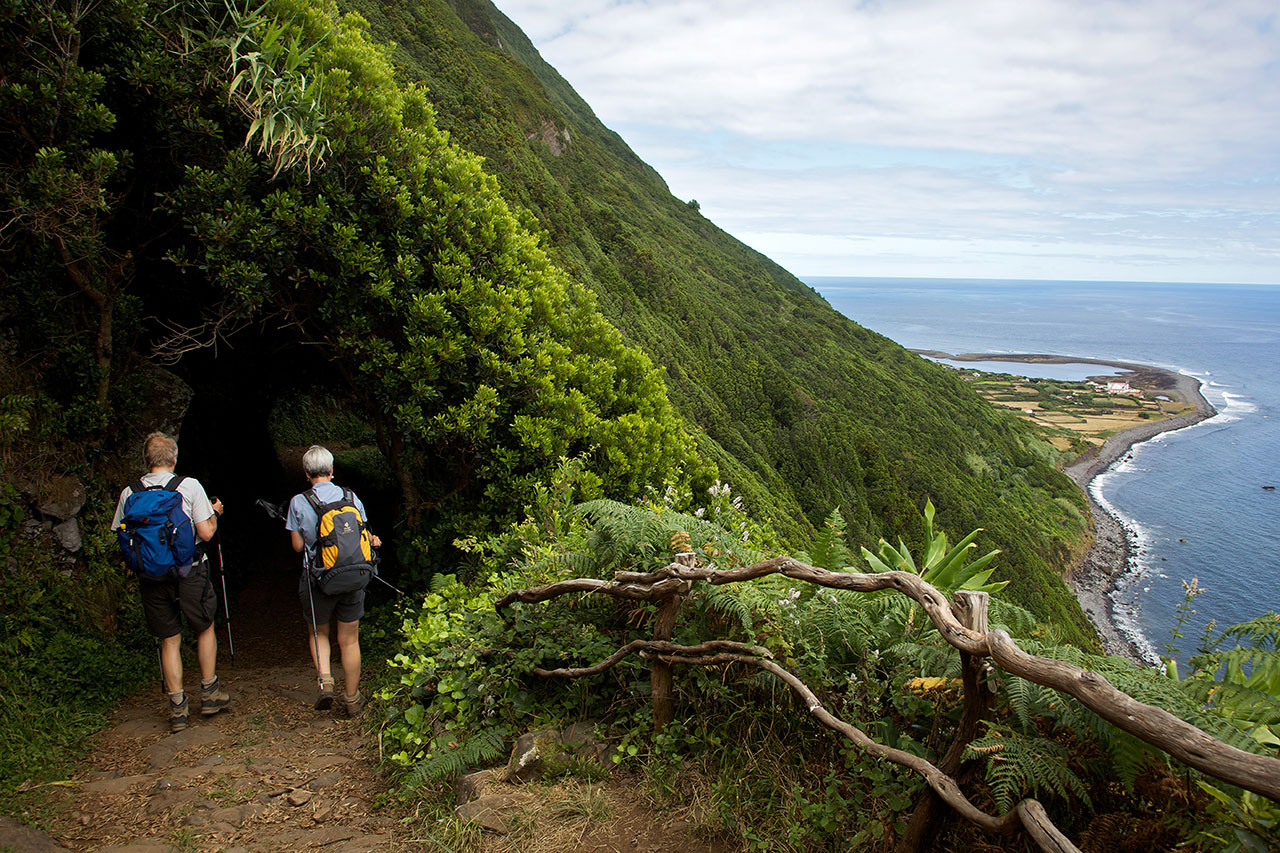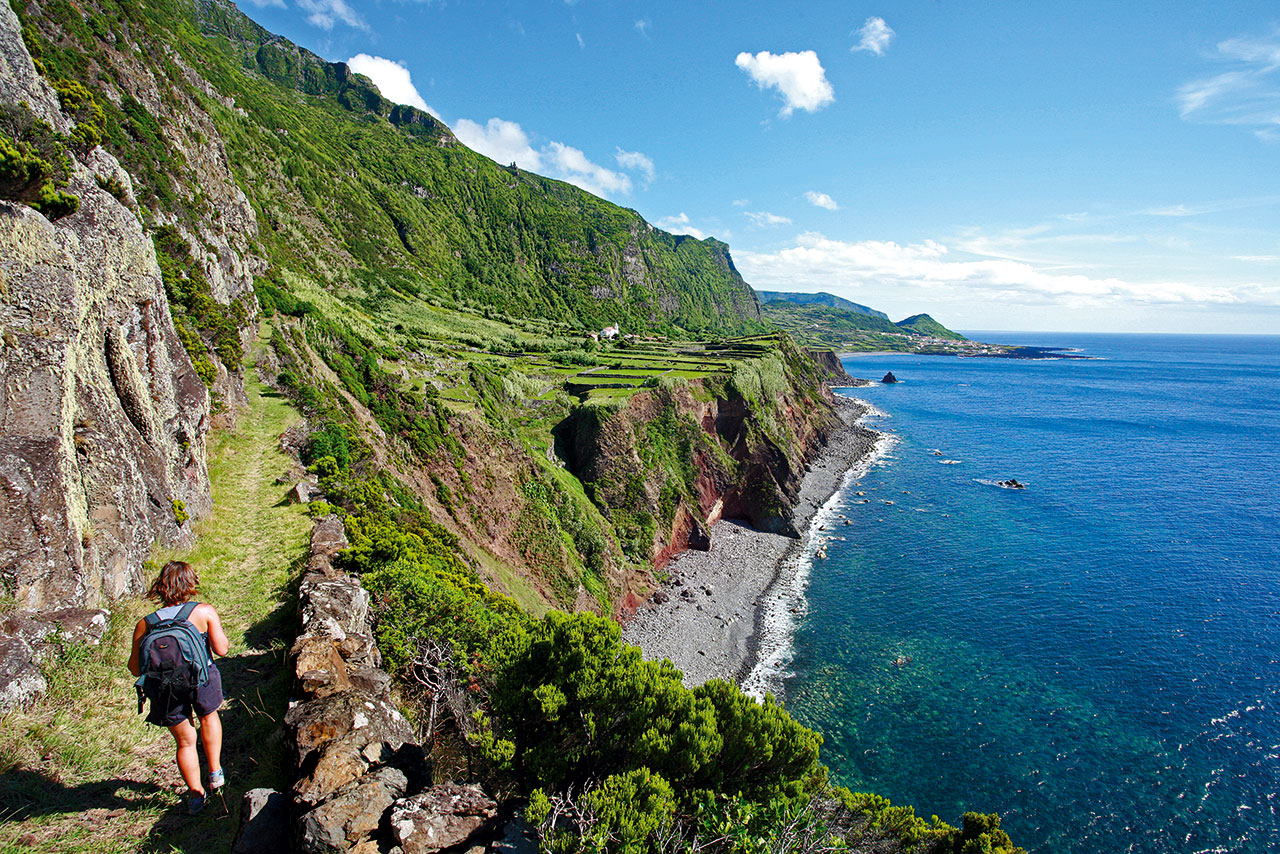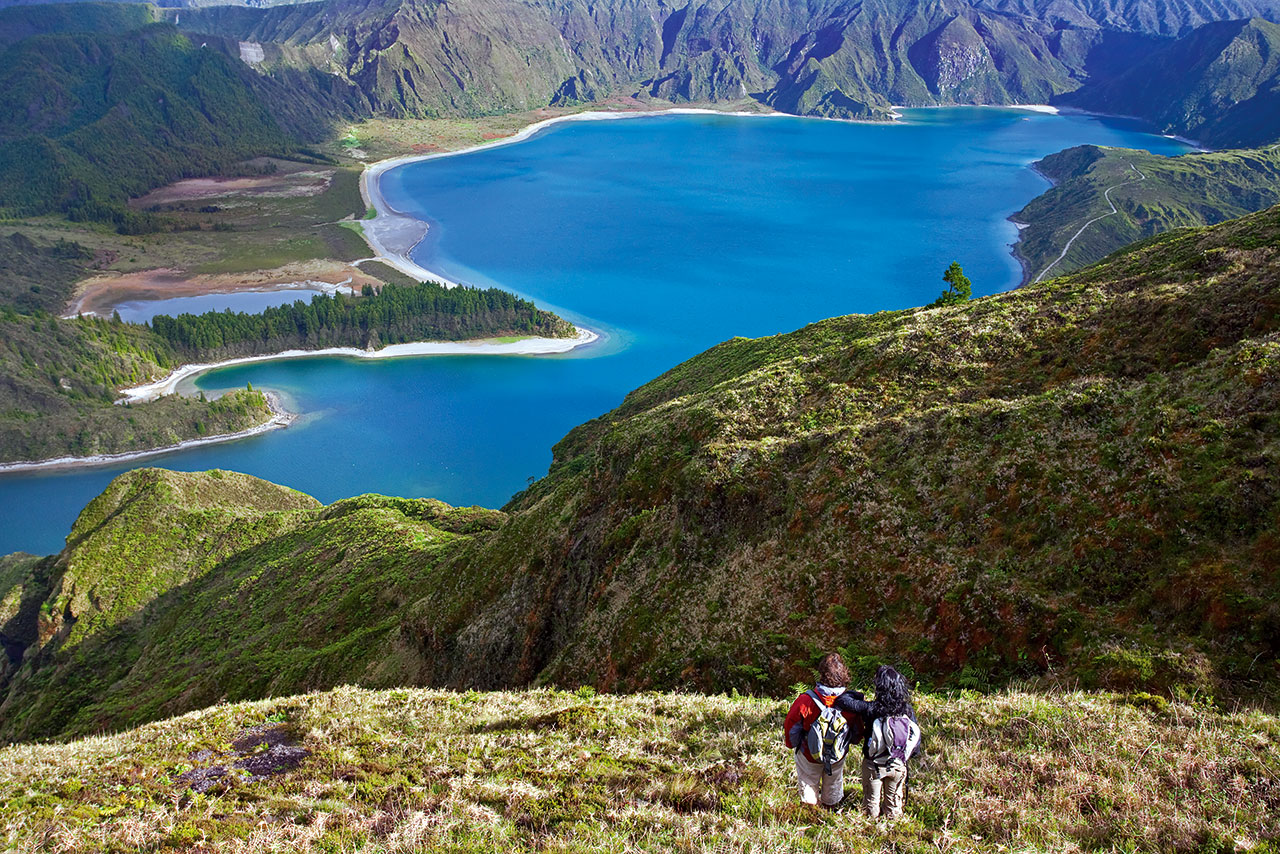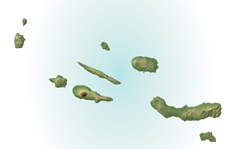Ethics & Safety
Hiking is a fun and healthy activity.
Be our ally in the nature conservation!
All hikers should consider the following safety information.
Before the hike
- Get to know the regulations and special precautions for the area that you are going to visit;
- Carefully study the route map and additional information about the trail (profile, length and degree of difficulty) and check if it suits your physical condition;
- Check the weather forecast to better assess the conditions of the trail;
- Tell someone where you are going and when you are planning to return;
- Make sure you are wearing the right clothing, footwear and gear necessary for the hike and weather forecast:
- Clothing is the first line of defense against the elements and should never be neglected. Wearing several layers of comfortable clothing is a good way to adapt to the intensity of the activity and changing weather;
- The trail becomes easier and safer if you have good walking shoes or hiking boots;
- Carry a hat to protect your face and head from the sun, and to help you stay warm when it gets cold. Use sunscreen, even on cloudy days;
- Take a garbage bag with you. Take all garbage and food scraps with you and deposit them in the appropriate place;
- Carry a first-aid kit with essentials for cleaning wounds.
- Take your mobile phone fully charged, to use in case of an emergency. Some areas along the trails may not have coverage;
- Take drinking water enough for the length of the trail. The water in streams and lagoons is not safe for consumption;
- Make sure no seeds are attached to your footwear, thereby avoiding the dispersal of potentially invasive alien flora species;
- If you leave the car at the beginning of the trail, lock the doors, close the windows, and leave nothing of value in sight. Make sure you do not block access to gateways. Always leave access for emergency vehicles.
During the hike
- Respect the signs and marks of the trails. Do not make shortcuts;
- Pay attention to the trail marks as well as the marks numbers (signed every 500 m). If you need to activate the rescue, indicate the number of the last pole that you passed so it will be easier for the rescue team of the Civil Protection to arrive to location – Rapid Plan for Intervention and Help;
- Trails should be used by small groups at a time. Too many visitors can cause trail erosion as well as the destruction of plants;
- Do not remove geological material or plant samples;
- Do not disturb the cattle;
- Leave gates and private property the same way as you found them;
- Let the sounds of nature prevail. Avoid disturbing the local environment;
- When meeting other visitors, be courteous. Give way to other users of the trail, especially those walking uphill;
- Keep your pets constantly under control and clean up their faeces;
-
Contact the responsible authorities if you find any irregularities:
▪ SOS Environment: 800 292 800
▪ European Emergency Line: 112
112 National emergency number.
The respective panel or leaflet for each walking trail provides information about the nearest Fire Brigade.
On many of the trails there is no cell phone network except for at the start and end of the walk, so any calls should be made at these points.
Enjoy an unforgettable experience on the Walking Trails in the Azores.



















